School councillors
Here’s our new school councillors designing a new display for class.
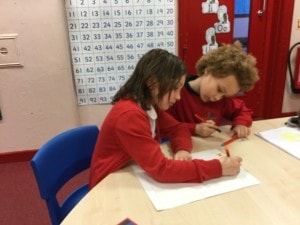
This week
Maths
We’ve been looking at column subtraction in Maths this week. Check out the calculation policy for more information.
English
In English we’ve been looking at narratives. We’ve discussed using DAD paragraphs (dialogue action or description) to keep a reader interested in the stories we’ve been writing. We have used this video as a stimulus. Why not ask your child to retell the story once they have re-watched it?
Assembly

Thank you to everyone who came to see our class assembly. We had a great time putting it together!
PE
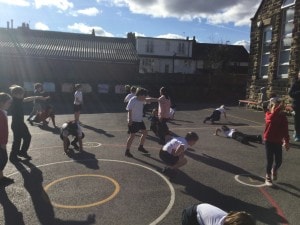
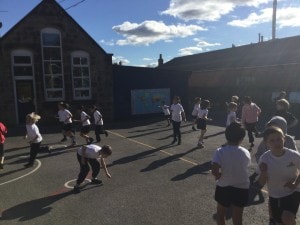
This half-term, we will be doing football with a coach from Leeds United. Here are a few images from our first session.
Life
As part of our Life Big Topic, we had a yoga session this week. Can you identify the animals that inspired these poses?
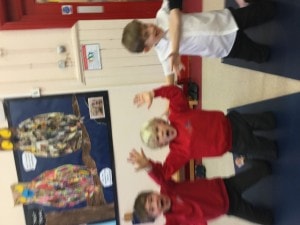
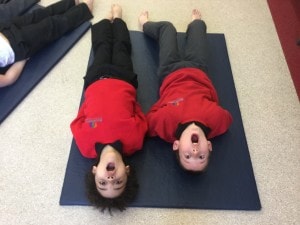

World Book Day menu
World Book Day is celebrated on 03 March and during that week (Wednesday 02 March) we will be having a World Book Day Roald Dahl menu for school dinners.

Our next SEAL theme – Getting on
For this half term, our SEAL theme Getting On covers four main aspects:
- developing the social skills of friendship
- working well together in a group
- managing anger
- resolving conflict
A key resource for children to refer to during this theme, and at other times, is Peaceful Problem Solving. This is a useful resource to encourage children to sort out their own problems. You may wish to talk through this with your child(ren).
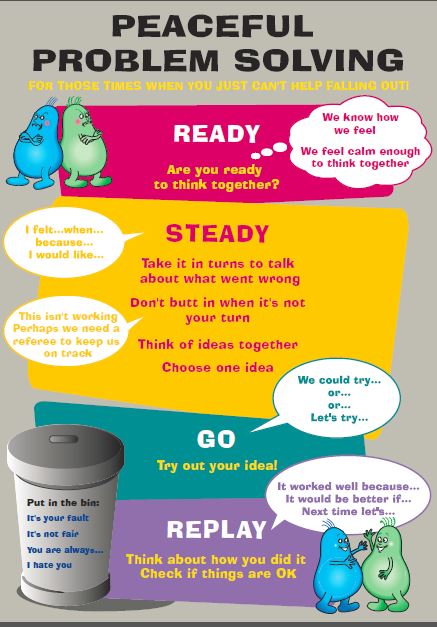
When group work takes place in school, some questions for children to consider are:
- Did everyone take turns?
- Did everyone listen to what other people thought?
- Did each person have chance to tell the group what they thought?
- If people had different ideas could the group reach a compromise?
The key areas of learning throughout this theme are empathy, managing feelings and social skills.
We start our weekly SEAL statements with a focus on manners, I don’t interrupt (with my mouth or with my hand).
Sainsbury’s Sport Relief Mile comes to Leeds
The Sainsbury’s Sport Relief Mile is back – and it’s coming to Leeds.
Yorkshire Sport Foundation will host a Sainsbury’s Sport Relief Mile on Sunday 20 March.
Setting off from Woodhouse Moor, the Yorkshire Sport Foundation Leeds Mile event offers a 1 mile, 3 mile or 6 mile route.


School Council elections
It’s was a busy morning at the Moortown Primary School polling station with all classes taking part in our School Council elections. We’ve had a record number of children choosing to stand as candidates including the majority of the current School Council. Candidates prepared and delivered some great speeches to their class earlier this week in preparation for the election.
With a number of very close results, the winning candidates were announced in our assembly this afternoon.
Well done to our new school councillors – we are sure you will represent your class well.
The first meeting will be held after the half term on 01 March and one of the initial decisions to be made will be how we can support Sport Relief.





School Council Elections
Following in-class election speeches this week, our School Council elections will take place on Thursday, 11 February. All children have the opportunity to vote at our polling station using the following instructions.
Before voting, please read the following:
- Vote once for one person.
- Place one X only on this ballot paper beside the name of the candidate you have chosen.
- Do not write or mark anything else on the ballot paper; if you do, your paper will be invalid and your vote will not be counted.
- When you have marked the ballot paper, fold the paper and place it in the box provided.

Results will be counted on Thursday and our new School Council will be announced at the end of the day. This will be made up of two children from each class with the highest number of votes.
Good luck to all our candidates.
Meanwood Park orienteering
This week, linking with their learning about owls, Year 3 helped to create two of the owl markers for a new orienteering project at Meanwood Park.

Further details about the trail will follow once the rest of the owls, from other local schools, are ready and in place.
Owl report
As part of our Life topic, we have written a report about owls as a class. We split into groups to write different paragraphs and this is what we came up with.
Owls
Owls are known for being wise like Winnie the Pooh’s friend Wise Owl. Interestingly, owls can’t actually turn their heads all the way around. Funnily enough, some schools have owls on their logo because they’re popular. Read this interesting report to find out amazing facts about owls.
Appearance
Interestingly, owls don’t have feet. They have sharp talons that grab their prey silently at night. They have brown, white and sometimes grey feathers which help them to camouflage. They have large, round eyes and pointed beaks.
Habitat
Interestingly, owls usually live near or in woods. They also live in the green wide countryside and nest in tall trees. This is because they need to stay away from large predators below. Shockingly, moist owls nest in long, green grass in the countryside so that they can hide from their prey.
Diet
Owls eat tiny insects, small birds, worms and mammals. Owls hunt at night because they are nocturnal. Owls eat their prey and regurgitate the indigestible parts. Owls eat smaller birds than themselves. Owls live in trees to try and find their prey.
This week
Maths
This week in Maths, we’ve been looking at finding equivalent fractions. Equivalent fractions are two (or more) fractions that are the same size. We’ve compared fractions using fractions tables.
 As you can see 2/4 are the same size as 1/2. Why not ask your child if the can spot any other equivalent fractions?
As you can see 2/4 are the same size as 1/2. Why not ask your child if the can spot any other equivalent fractions?
We’ve also started to look at using multiplication to find equivalent fractions. The golden rule for this is to always do to the numerator what you do to the denominator (ask your child to explain this).
English
In English, we’ve been looking at reports on animals. We spent this week practising writing a report on owls and next week we will be doing an assessed piece of writing based on the animals we saw at Animal Intuition. Animal Intuition was a workshop in school where we all go to handle a variety of animals we might not normally get to see.
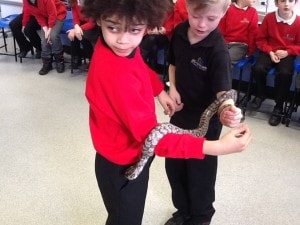
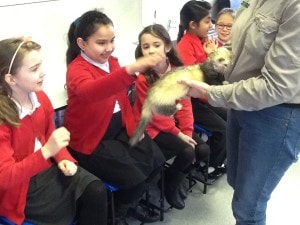
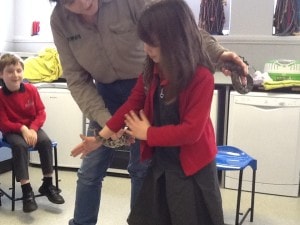
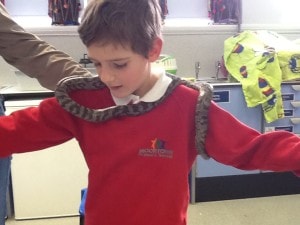
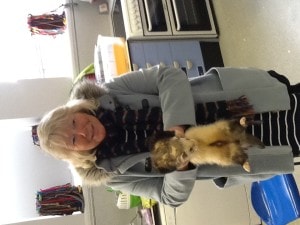 Even Mrs Bald got a hold!
Even Mrs Bald got a hold!
Life
During Science this week, we’ve been learning about different diets and food groups. We came up with our own actions to help us remember the name and purpose of the key food groups: carbohydrates, proteins, fruit and vegetables, fatty and sugary foods and dairy. Why not ask your child about their evening meals and what food groups they can see?